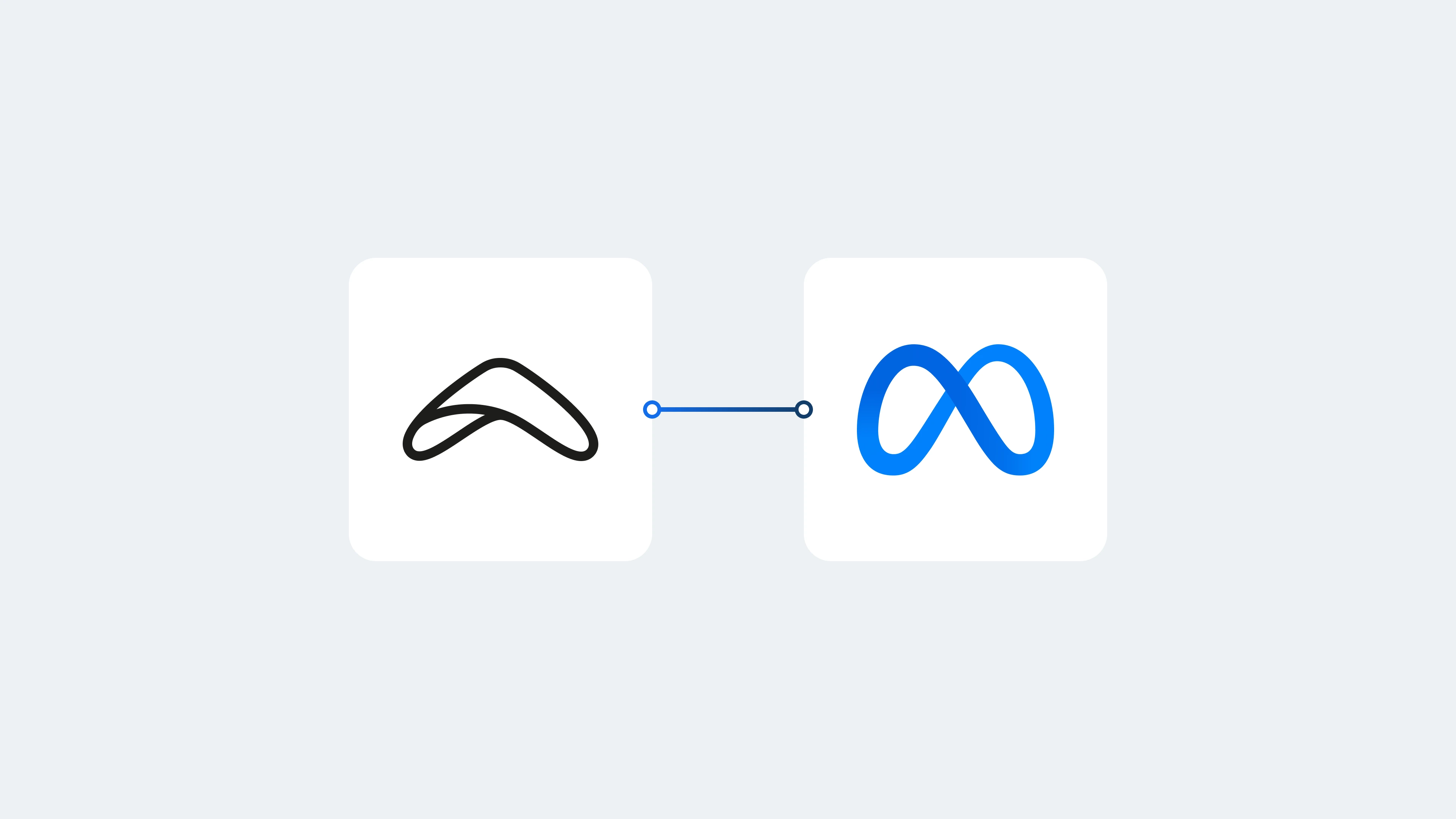If you’ve spent any time reading about digital marketing before, you’ll know that Google Ads are a significant component to success online. While social media marketing and SEO (search engine optimization) take time to kick in, Google Ads can provide you with instant visibility. In addition, you’re much more likely to be seen for the keywords you’re targeting than with organic efforts alone.
With Google Ads, the possibilities for targeting new customers are pretty much unlimited. You can place your ads in front of any customer you can think of and continue to do so throughout their customer journey. So whether you’re renting out something very popular or servicing a niche market, Google Ads can help you find more customers.
In addition, Google gives you access to ad performance to measure your success and adjust your strategy. This way, you can stay on budget while getting the maximum return on your ad spending. So, let’s take a look at what you can do to create a winning Google Ads strategy and grow your rental business today.
Before you get started
First, if you don’t have your website connected to Google My Business, Google Analytics, and Google Ads, you need to make sure you do so. This will help all of your data be synchronized across your platforms and allow you to set up conversion events within your ads (the goals you want to achieve).
This process usually involves setting up your accounts and pasting a bit of code into your website header. If you’re not confident about doing this, you can read the Google documentation which will help you get everything connected. This is something you only have to do once, so it’s worth getting it right the first time.
Start your rental business for just 29/month
Put your toes in the water and test the demand in your area with a rental website for just 29/month.
Determine your target audience
Once you have everything connected, you need to determine who you are targeting with your business. If this is something you already know, you can go through the following checklist to see if you have everything. If you’re not aware of your target audience, ask yourself the following questions to better understand.
- Where do your customers live?
- What are your customer’s occupations?
- What are your customer’s hobbies?
- What age range do your customers belong to?
- What search terms do people use to find your business?
- Does your business appeal more to one gender?
- If so, which gender?
- Do you want to target new and past customers?
- Do you have a list of customer emails so you can find similar customers?
These questions are pretty broad, but you can add some of your own into the mix if there are any specific to your products. You could think about the variation of product your customers look for. For example, rather than just bikes, think about eBikes, city bikes, and mountain bikes. Each one probably has very different questions that need to be answered.
Now you’ve determined your target audience; it’s time to start setting up your Google Ads campaign strategy.
Choose suitable ad types
The goals you have set for your ad campaigns will decide which type of ads you should be running. You need to focus on what you want to achieve: Do you want to find new customers, encourage prior customers to return, or simply raise the awareness of your brand? This can be helpful to think about before you jump into creating ads.
Something to remember is that most Google Ad types operate on a pay-per-click (PPC) basis, so you only pay when someone clicks on an ad. Depending on the ad type, Google will show your business in various contexts, and some may be better suited to your business than others. Below are the two main ones that will be helpful to rental companies.
Search ads
Search ads are the best way to target customers actively searching for terms that relate to your business. Unlike SEO, where you have to work to earn these spots, search ads allow you to have a prime position within results. Of course, you will have to pay for this position, but remember, you only pay when something actually clicks on one of your ads.
When you create a campaign, you will need to select the keywords you’re targeting. These keywords are the search terms you want your ads to appear in, so they can be as broad or specific as you’d like. However, you’ll want to focus on relevant terms as they’re more likely to generate bookings.
If you need help getting started, the Google Ads Keyword Planner will be able to give you some inspiration backed up by data.
Display ads
Display ads are less focused than search ads and are generally used to raise the awareness of your business to someone who doesn’t know it exists. They are shown across various websites and are usually image-based, which makes them ideal for showcasing your brand. In addition, you can target customers based on demographics, interests, and type of content.
Remarketing ads
Remarketing ads are a great companion to the above ad types. They will allow you to show ads to people who have already visited your website in the past. This can be people who have clicked on previous ads or found your website in organic results. In addition, you can upload your customer list to encourage them to rent from you again.
Start with building your rental website
Every new rental business starts with a website to get their first bookings.
Establish your budget
Once you’ve established your target audience and how you want to reach them, you need to think about your budget. This will usually be set at a daily level and depend on the goals of your campaign. It will also be different for each industry and business size. So, you need to define a budget that works for you.
Assess ad performance
Finally, you will need to consider what performance indicators you will use to measure the success of your ad campaign. For example, are lots of clicks but no conversions still suitable for your business, and are you willing to spend more for visitors who are more likely to convert? The list is some essential metrics to evaluate the success of your ads.
- The number of clicks - How many people clicked your ads.
- Cost per click - How much each click costs you.
- Click through rate - The percentage of viewers who clicked your ads.
- Conversion rate - The percentage who actually made a booking.
- Cost per conversion - The amount each conversion costs you.
- View-through conversions - The number of people who didn’t make a reservation after clicking your ads but came back later to make one.
Each campaign, ad, and ad group should be optimized for a specific audience, so it is good to set up a few for different goals. You can then adjust each based on the performance of your ads. An example of this may be that one of your ads performs better on mobile, so you decide to pay a little more to have it show on mobile searches more often.
This is why your performance indicators are so important. They allow you to adjust your campaigns as your business and audience evolve. It would help if you revisited them periodically to get the most out of your ads and research new demographics that you can target with them.
Google Ads for rental businesses
Google Ads is one of the best ways to send traffic to your website from the right audiences for your rental business. As with anything new, there is a learning curve, but it’s well worth the effort. By diversifying your marketing efforts, you can expand your overall reach and attract more customers. If you want to learn more, Google has lots of information to help you grow your business.




